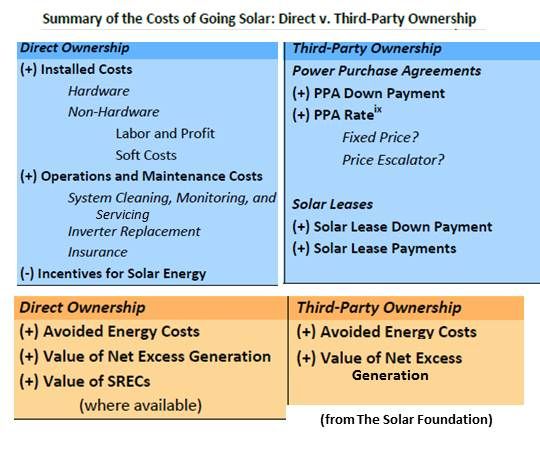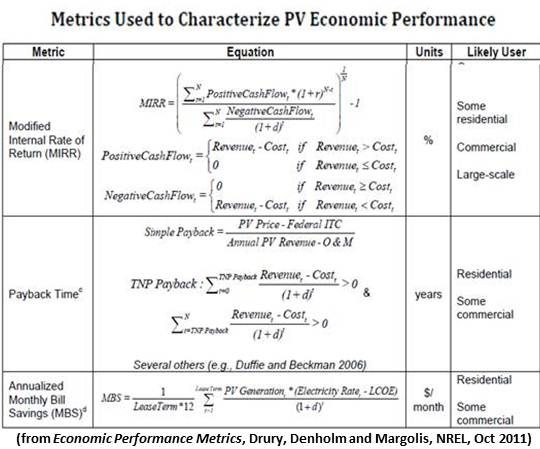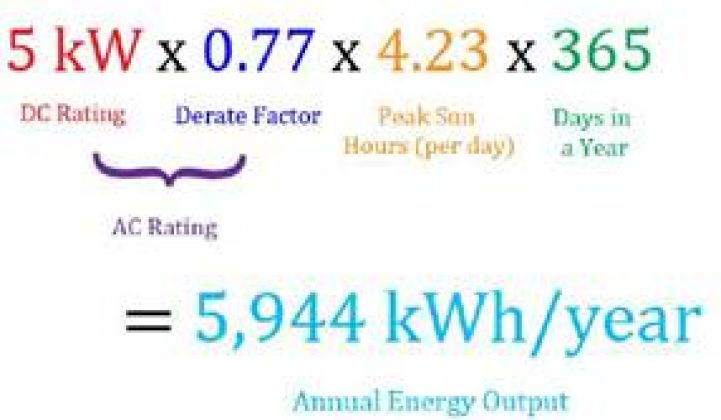Municipalities and county and local agencies all over the U.S. are beginning to discover solar can generate revenues. The City of Lancaster is putting teachers in classrooms and cops on the streets with money generated by its investment in solar. For cities facing the strains of these tough economic times, the news is even better: No investment capital is necessary.
“The asset municipalities and agencies have purchasing power,” Borrego Solar’s CFO recently told GTM. “They can monetize that purchasing power. Through entering an agreement with us, they get cheaper power and it is a way for them to make money on the first day.”
Budget and finance officers in those agencies who do the calculations on infrastructure investments, explained The Solar Foundation (TSF) Executive Director Andrea Luecke, “don’t know what goes into pricing solar and they don’t know there are incentives and benefits they can factor in to reduce costs.”
TSF, funded by the U.S. Department of Energy (DOE) SunShot program, is leading an outreach effort to the people “who crunch the numbers,” Luecke said. “The big mistake they make,” she explained, “is doing simple payback calculations.” Solar, she said, “never looks good in terms of simple payback calculations. No local government wants to see those big numbers. They want quick, easy cost-reduction infrastructure projects that have fast and simple payback.”
TSF wants the number crunchers to substitute a net present value (NPV) method to calculate the valuation of solar, as well as to consider third-party ownership (TPO) opportunities. TSF’s NPV cost-benefit analysis brings greater dimension to solar’s costs, benefits and opportunities for public agency budget and finance officers.

Costs include equipment costs, soft costs (i.e., non-hardware costs), and operations and maintenance (O&M) costs.
Benefits include 25 years of fixed price, peak period electricity, avoided electricity costs, solar renewable energy credit (SREC) revenues and the future value of present dollars.
Opportunities include the federal investment tax credit, depreciation, SRECs and other state and local incentive programs, as well as the savings and revenues available through TPO finance models.
Even if they are not facing bankruptcy, a lot of local governments, Luecke said, “are laying off and furloughing employees and delaying infrastructure projects.”
Municipalities facing severe financial challenges, Luecke said, “should first reduce energy consumption. Energy cost, fuel cost, electricity cost -- these are the number-one or number-two costs for almost every local government across the country.” Solar offers the opportunity to reduce that budget line.
Public agencies have the option of direct solar ownership, though they may need to float a general obligation bond or look into low interest loans such as Qualified Energy Conservation Bonds (QECBs).
“If you are a city facing bankruptcy and you don’t have anything in the coffers to kick-start a revolving loan fund, or if you have a terrible credit rating so you can’t get a bond at a decent rate, and direct ownership isn’t a possibility,” Luecke said, “third-party ownership is the way to go.”
Because The Solar Foundation gives no preferential treatment, Luecke would only say that “there are a number of companies doing TPO expertly and efficiently.” Leaders include Sunrun, SolarCity, SunPower, Clean Power Finance and Sungevity.
TPO is not a widely known finance model outside California, where its use has skyrocketed in the last year. “The learning curve for budget and finance officers just got a little steeper,” Luecke said. “In communities that demand clean options, despite bankruptcy, TPO is and should be a priority.”
In other parts of the country, Luecke said, “you may not be able to sell them on the environmental aspects and the economics are still a little tricky.” An NPV analysis shows, Luecke said, that “the benefits over time outweigh the upfront costs. But city officials who are on a two- or four-year election cycle don’t have a long-term view of anything because they are just thinking about elections.”
In places where TPO is not allowed and the price of conventional power is very low, it comes down to political leadership and political will, Luecke said. In such situations, “it is supportive of healthy, thriving, vibrant communities to incorporate solar and other renewables into their planning processes, their master plan, their comprehensive plan, and their energy plan. If you can get solar into the plan, there is a much greater chance it will become part of the culture of the community.”


TSF is focusing, Luecke said, “primarily on cities like Cincinnati, Dayton, Ohio, Indianapolis, Dubuque, Iowa, Milwaukee, Wisconsin, places not known for solar but that have enough political will to want to engage.”
If the political will to build solar does not already exist, Luecke said, TSF’s job is “to find a way to create it.” With “fundamental and foundational knowledge” about solar, she added, local governments will be able to take action “once their constituents start demanding it.”
TSF wants to help local governments see, Luecke said, “that it is not as hard as they thought, that they can make the decision to stop using conventional forms of electricity as much as possible and see solar as a solution.” TSF does not “expect things to happen overnight,” she added, but will try to “plant some seeds.”



